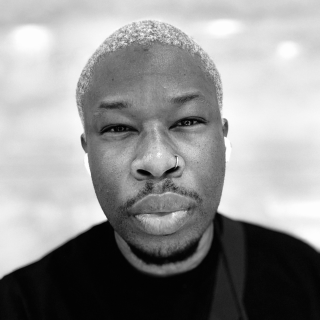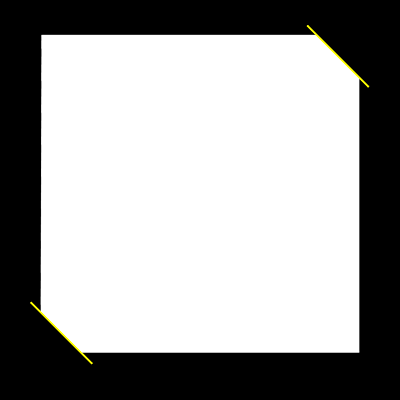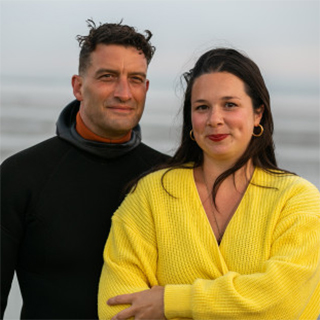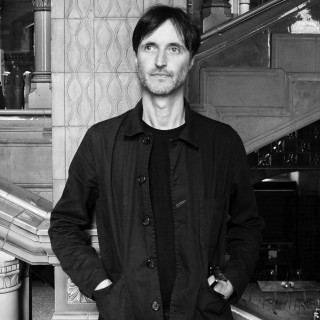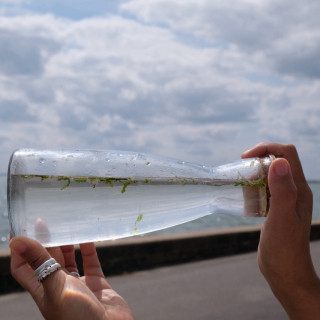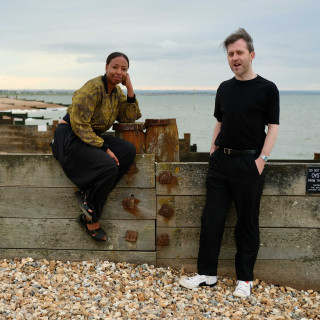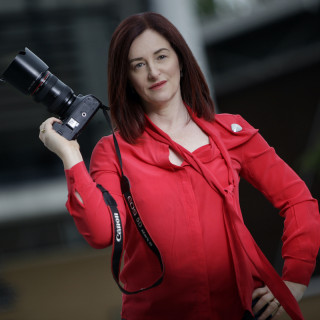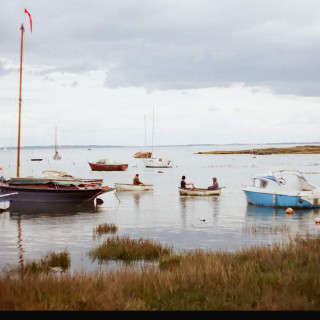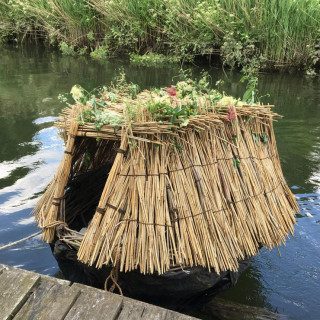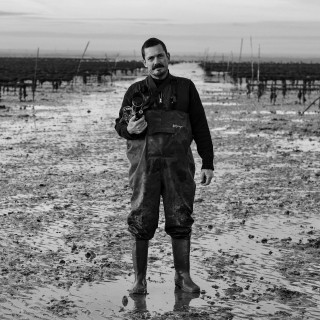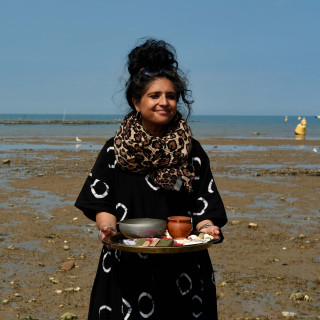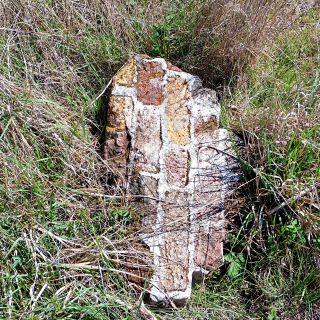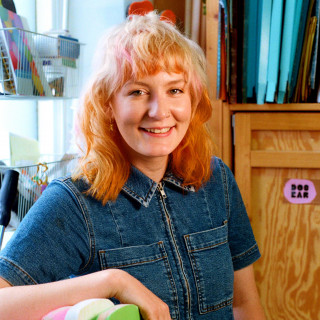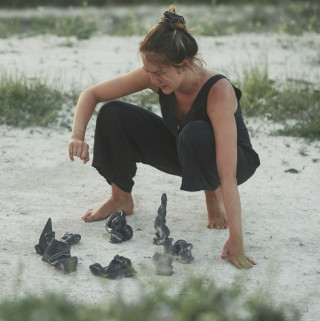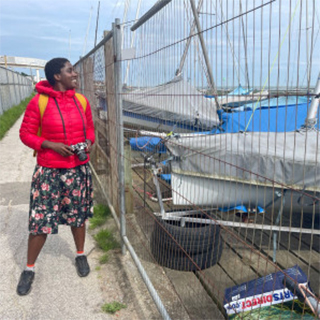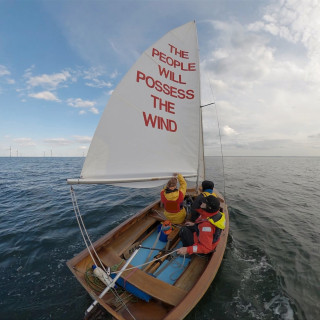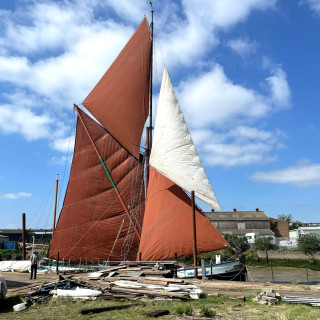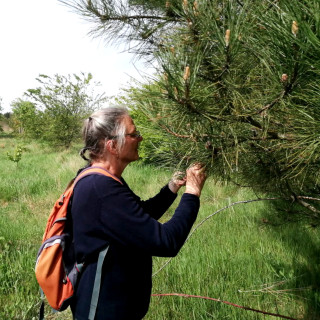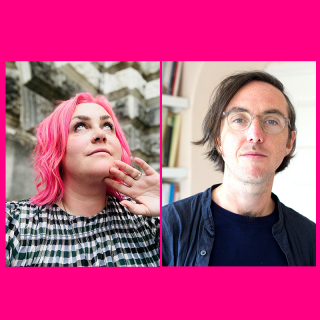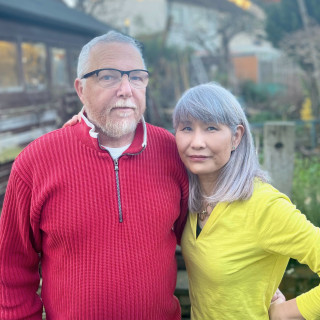Damilola Odusote
Damilola Odusote's artworks are a running narrative of his conscious and subconscious mind which challenge the perception of everyday life with wit and humour. Although he predominantly works in graphic ink, he takes pride in process and method, and loves to experiment with more unconventional materials such as concrete and moulded Perspex for visual depth in his art. Rarely sketching first, Damilola’s artworks are organic and grow on the surface as he creates them. He is influenced by the likes of MC Escher and David Shrigley for the detail and humour in their thought-provoking works. He frequently experiments with the aesthetics of geometry and texture to contextualise issues rooted in politics, history, race, and culture.
To expand his creative repertoire, Damilola draws inspiration from everywhere and everything, not least in his parallel career as a professional dancer which he likens to his artistic practice as similarly requiring technique, training, research and expressivity, and where movement feeds creation. In particular, he finds that dance choreography mirrors his art, both requiring the same degree of intricacy, logic and a flowing narrative. Damilola continually refines his style with every new skillset he pursues.
Damilola graduated from Camberwell College of Arts with a BA Hons degree. He has a loyal client base in Europe, Asia and America, having exhibited all around the world. In the last ten years, he has been in high demand for large scale mural work with commissions from Google, YouTube, Microsoft, Converse, UBS, LinkedIn, NEXT, Caplin and Brixton House.
Call Me Back! charts Damilola Odusote’s distinct upbringing growing up in the Thames Estuary. It explores the issue of identity and uses his personal history to highlight the complexity of political, cultural and identity dislocation. Damilola was born to Nigerian parents and fostered by a White couple in Tilbury, Essex. He delves into the underlying issues that formed his identity as a person of colour raised in a culturally and economically deprived port town in Essex by foster parents from a Romany heritage.
Growing up in Tilbury, Damilola was exposed to the social stratification of inequality, poverty and racial conflict with first-hand experience of injustice, crime and unemployment. Despite the stability and emotional balance given to him by his foster parents, he had to rely on his creative wit and inner resilience to escape racism and discrimination in his environment. Damilola looks back on this tough upbringing and his rite of passage to the career he carved out against the background of adversity.
Call Me Back! consists of two components – a mural and Damilola’s first public art commission which is a reconstruction inspired by a BT phone booth from the 1990s. Both works oscillate between past and present, provoking participants to look back into their own pasts posing the question “What would you say to your younger self and how would your younger self respond?”
Project photo: Damilola Odusote at Brixton House, photo by Gbolahan Obisesan.

 maybe later
maybe later

